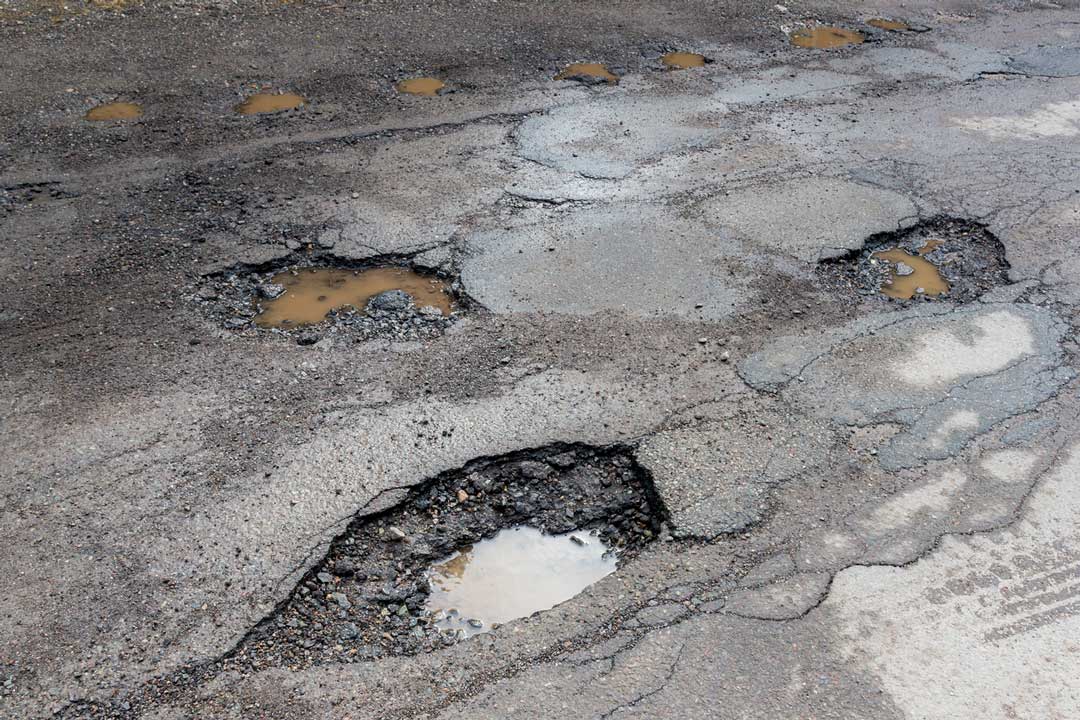The Battle against Frost Heave: Understanding its Impact on Driveways in the Interior of British Columbia
Introduction
Frost heave is a common problem in colder climates, particularly in the interior of British Columbia, where it can wreak havoc on driveways and other infrastructure. This naturally occurring phenomenon can lead to significant damage and costly repairs if not properly addressed. To better understand why frost heave is so hard on driveways in this region, it’s essential to recognize the process behind it and the factors that contribute to its occurrence. In this article, we will delve into frost heave’s mechanics, the reasons behind its prevalence in the interior of British Columbia, and the implications of this phenomenon on driveways.
The Mechanics of Frost Heave
Frost heave occurs when water in the ground freezes and expands, causing the soil above it to lift and shift. This expansion is due to two primary factors: the formation of ice lenses and the process of cryosuction. Ice lenses are horizontal layers of ice that form between soil particles, causing the soil to expand vertically. Cryosuction is the process in which unfrozen water is drawn towards the freezing front, further contributing to the growth of ice lenses.
Several conditions must be met for frost heave to occur. Firstly, there must be a sufficient amount of water in the soil. Secondly, the ground temperatures must be below freezing. Lastly, the soil must be frost susceptible, meaning it has a high percentage of fine-grained particles such as silt and clay. When these conditions are met, the stage is set for frost heave to take place and potentially damage the infrastructure above it.
Why Frost Heave is Prevalent in the Interior of British Columbia
The interior of British Columbia is particularly susceptible to frost heave due to its climatic and geological conditions. The region experiences long, cold winters with temperatures often dropping below freezing for extended periods. Additionally, the area’s soil composition is predominantly comprised of fine-grained particles, which are susceptible to frost heave.
Another contributing factor to the prevalence of frost heave in this area is the freeze-thaw cycle. Throughout the winter months, temperatures can fluctuate above and below freezing, causing the ground to freeze and thaw repeatedly. This cycle exacerbates the effects of frost heave by causing the ice lenses to grow and contract, leading to more significant soil displacement.
The Impact of Frost Heave on Driveways
Driveways are particularly vulnerable to frost heave due to their proximity to the ground and the weight they bear from vehicles. As the soil beneath a driveway shifts and expands, it can cause the pavement to crack, buckle, and heave. This damage not only affects the appearance of the driveway but can also create safety hazards and lead to expensive repairs.
The most common signs of frost heave damage on driveways include:
- Cracks: As the ground beneath a driveway expands, it can cause the pavement to crack. These cracks can range from small hairline fractures to larger, more severe separations.
- Heaving: This occurs when the soil beneath the driveway lifts, causing the pavement to rise and creating an uneven surface.
- Settling: When the ground beneath a driveway shifts, it can cause the pavement to sink in certain areas, creating an uneven and potentially hazardous surface.
- Potholes: The freeze-thaw cycle and resulting frost heave can cause the pavement to weaken, leading to the formation of potholes.
Addressing Frost Heave Damage
To minimize the impact of frost heave on driveways in the interior of British Columbia, proper construction techniques and preventive measures are crucial. Some strategies for combating frost heave include installing proper drainage systems to reduce the amount of water in the soil, using non-frost susceptible materials as a base, and ensuring adequate insulation during the construction process.
In conclusion, frost heave is a significant concern for driveways in the interior of British Columbia due to the region’s climatic and geological conditions. Understanding the mechanics behind this phenomenon and implementing appropriate preventative measures can help minimize the damage caused by frost heave and prolong the lifespan of driveways in this region.



